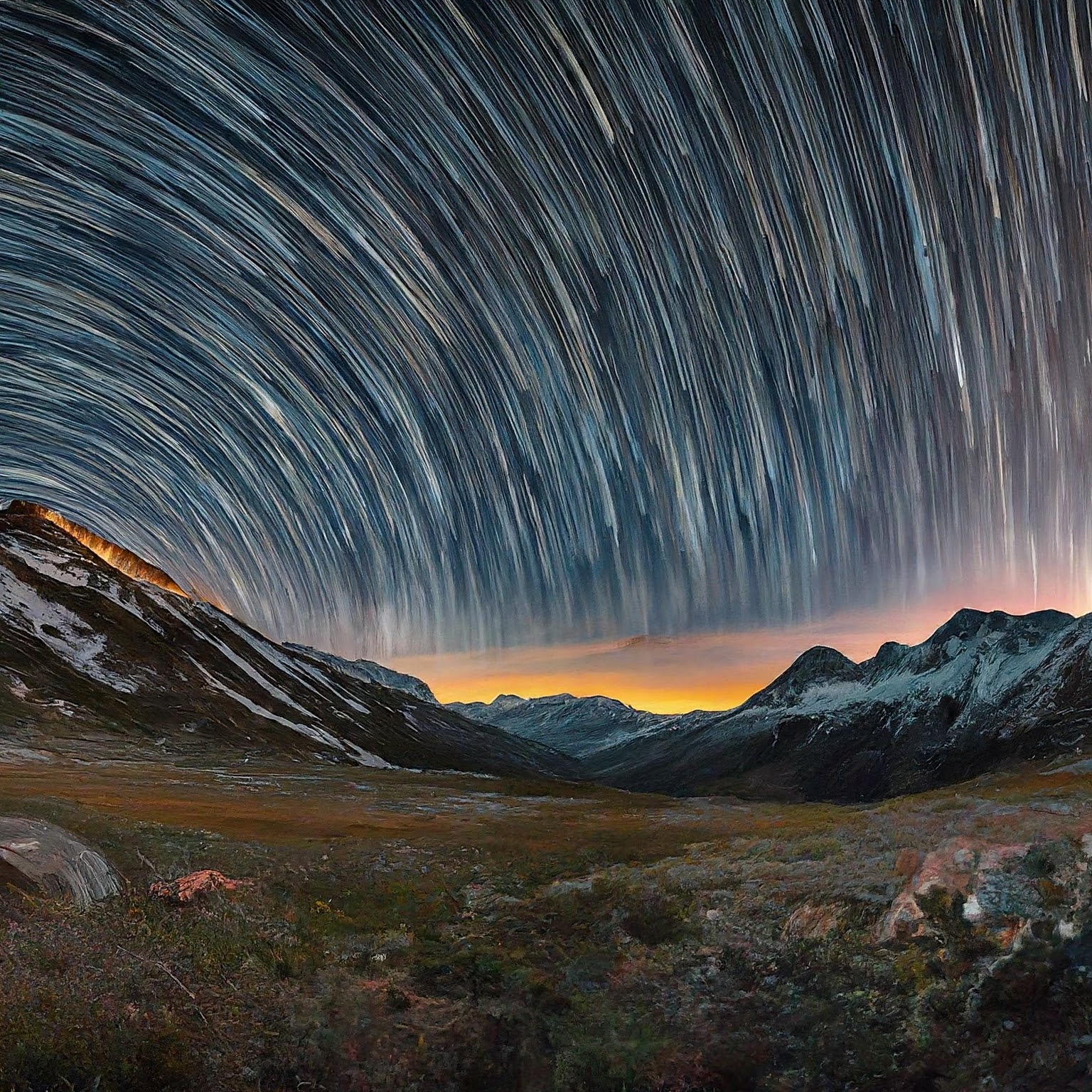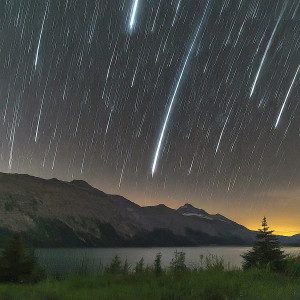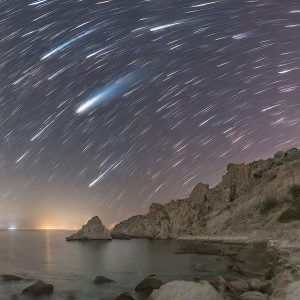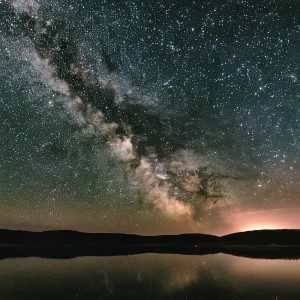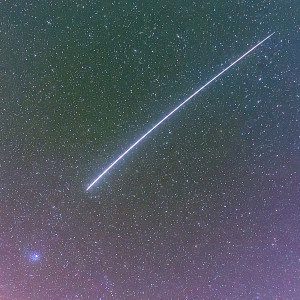As Earth orbits the Sun, our planet periodically crosses paths with streams of cosmic debris. These encounters result in one of the most dazzling displays nature has to offer – meteor showers. In 2024, skywatchers have several opportunities to witness these celestial fireworks light up the night sky.
What is a Meteor Shower? Meteors are particles of dust and rock left behind by comets and asteroids as they orbit the Sun. When Earth passes through one of these debris trails, the bits of comet material plunge into our atmosphere at incredibly high speeds, burning up in streaking flashes of light.
A meteor shower occurs when there is a higher-than-normal number of these meteors visible over a particular period. They appear to radiate outwards from a single point in the sky, known as the radiant, which is the perspective effect of the meteors following parallel paths.
While most meteor showers are relatively modest affairs, some stand out as particularly prolific with many dozens of shooting stars visible per hour. Let’s look at some of the best annual meteor showers gracing the 2024 night skies.
Major 2024 Meteor Showers
Quadrantids (Jan 3-4, 2024)
- One of the best showers of the year despite its brief peak period
- Can produce over 100 meteors per hour under ideal conditions
- Radiant is in the northern constellation Bootes

Quadrantids Meteor Shower
Lyrids (April 22-23, 2024)
- Ancient meteor showers known for bright, dramatic meteors
- Typical rates around 10-15 meteors per hour
- Radiant near the bright star Vega in Lyra

Lyrids Meteor Shower
Perseids (August 12-13, 2024)
- The most popular meteor shower due to warm temperatures
- Can produce 50-100 meteors per hour at peak
- Radiant is in the constellation Perseus

Perseids Meteor Shower
Geminids (Dec 13-14, 2024)
- Often considered one of the best and most reliable annual showers
- Chance to see over 100 multi-colored meteors per hour
- Radiant is near the bright stars Castor and Pollux in Gemini

Geminids Meteor Shower
Viewing Tips for Meteor Showers No special equipment is required to see a meteor shower, just your eyeballs! Find a dark location away from city lights, with an open view of the sky. Lie back and let your eyes adjust for at least 20 minutes. Keep in mind that meteor numbers are typically better after midnight when your location on Earth is racing head-on into the debris stream.
With a little patience, you’ll be rewarded with shooting stars streaking across the heavens – fast, bright, and unpredictable reminders of our place in a dusty solar system. Set a reminder for these peak meteor shower nights in 2024 and hope for clear skies!

